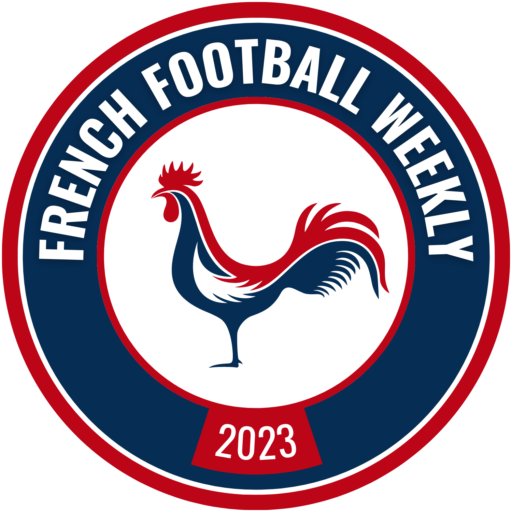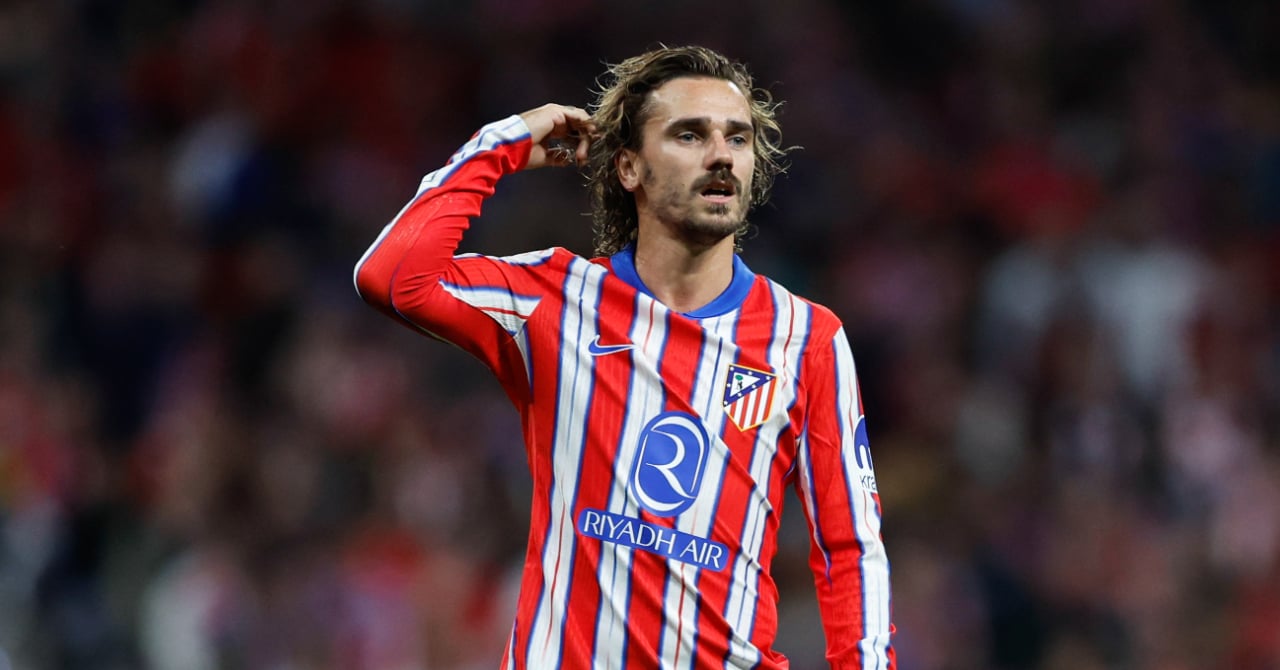ARTICLE AD
This summer, Juventus began its transformation. With the arrivals of Douglas Luis (Aston Villa), Khéphren Thuram (Nice), Juan Cabal (Hellas Verona) and Michele Di Gregoria (Monza), the Vecchia Signora paid almost 90 million euros to offer a competitive team to Thiago Motta. However, Juventus is in a complicated financial situation and has had to shed elements in order to finance these arrivals. If Adrien Rabiot, Gianluca Frabotta, Wojciech Szczesny and Alex Sandro left for free, others have brought in money. The latter have in common that they come from the Juventus training center, the Next Gen, which plays in Serie C. Set up by Andrea Agnelli before his resignation as president of the Piedmontese club, this new version of the Juventus training center took a few years to reach an excellent level of efficiency, but the Turin club is now reaping the results.
“Since 2022 we have moved from Juventus U23 to Juventus Next Gen: the project has had the strength to start bearing fruit for the first team, reducing costs and creating value for the club. .. Producing a player internally means saving ten times compared to hiring him externally. Today we have many important players who are in every way financial assets that can make the first team strong or have an impact in terms of the market“, Federico Cherubini, former Juventus coordinator, had explained to us during the Golden Boy 2023. If we look at the Juventus squad, for the moment Kenan Yildiz (who started his training at Bayern Munich), Nicolo Savona, Jonas Rouhi, Fabio Miretti and Nicolo Fagioli come from there. A fairly large number, but which could have been larger.
Juventus sold for over €90M
Indeed, the Next Gen is not only intended to strengthen the Juventus team but also its finances. A cynical observation that has reached a sacred stage this season. Of the 91 million euros recovered by the Vecchia Signora with sales this summer, all the players have passed through the Juventus reserve team. These include Matias Soulé (€25.6M, AS Roma), Dean Huijsen (€15.2M, Bournemouth), Samuel Iling-Junior (€14M, Aston Villa), Moise Kean (€13M, Fiorentina), Koni De Winter (€8M, Genoa), Enzo Barrenechea (€8M, Aston Villa) and Kaio Jorge (€7.2M, Cruzeiro). In previous years, we can also add the transfer of Moïse Kean to Everton in 2019 (€27.5M), that of Simone Muratore to Atalanta in 2020 (€7M), of Manolo Portanova to Genoa the same year (€12M) or the sale of Radu Dragusin to Genoa in 2023 for €9.7 million. In total, €158 million has been recovered over the last few seasons with this project. A significant revenue for a Turin team that is close to its pennies.
“A financial success that should serve as an example in Serie A and push other clubs to focus a little more on the talents they already have in their training center. Often in Italy there is a youth sector because it is imposed by the Federation, not because there is an objective. The twenty biggest Italian clubs have produced players for 6.3 billion, Barcelona for example has produced more than half, 3 and a half billion, in Portugal, Sporting, Benfica and Porto together exceed the sum of the Italians… We invest in the youth sectors, but we do it badly and wrongly. We spend more than in Spain, we spend more than what they spend“, noted Federico Cherubini. In the quagmire of training in Italy, Juventus has finally managed to stand out and this is reflected in the finances of the Turin club.

.jpg) 3 months ago
23
3 months ago
23 
